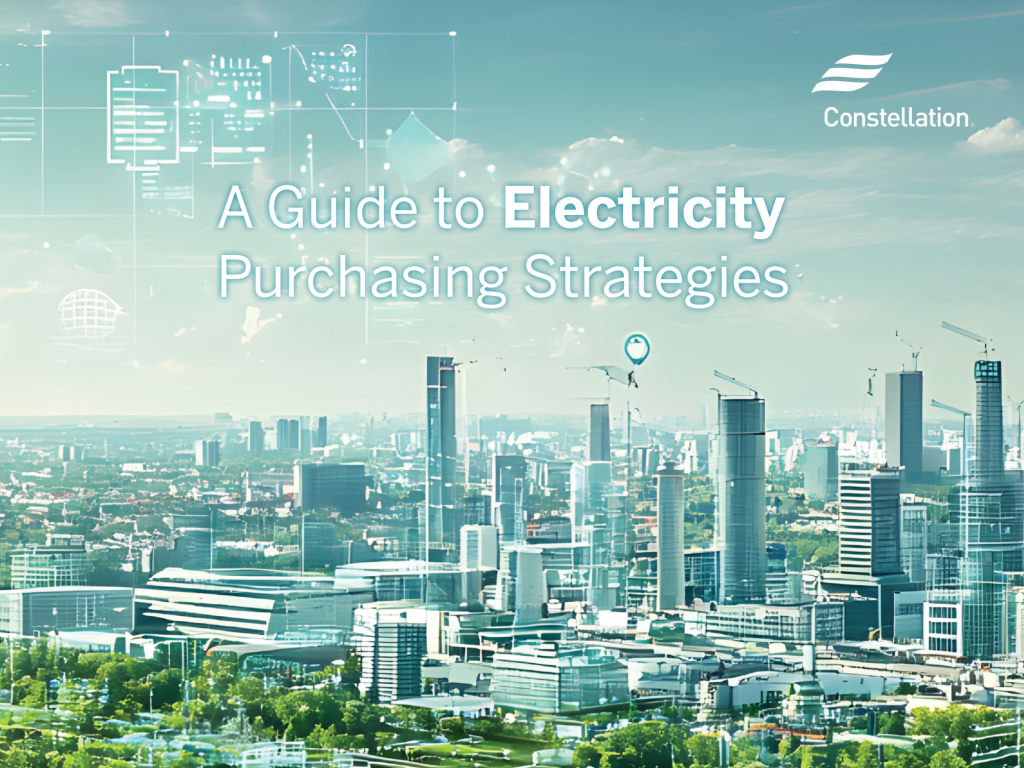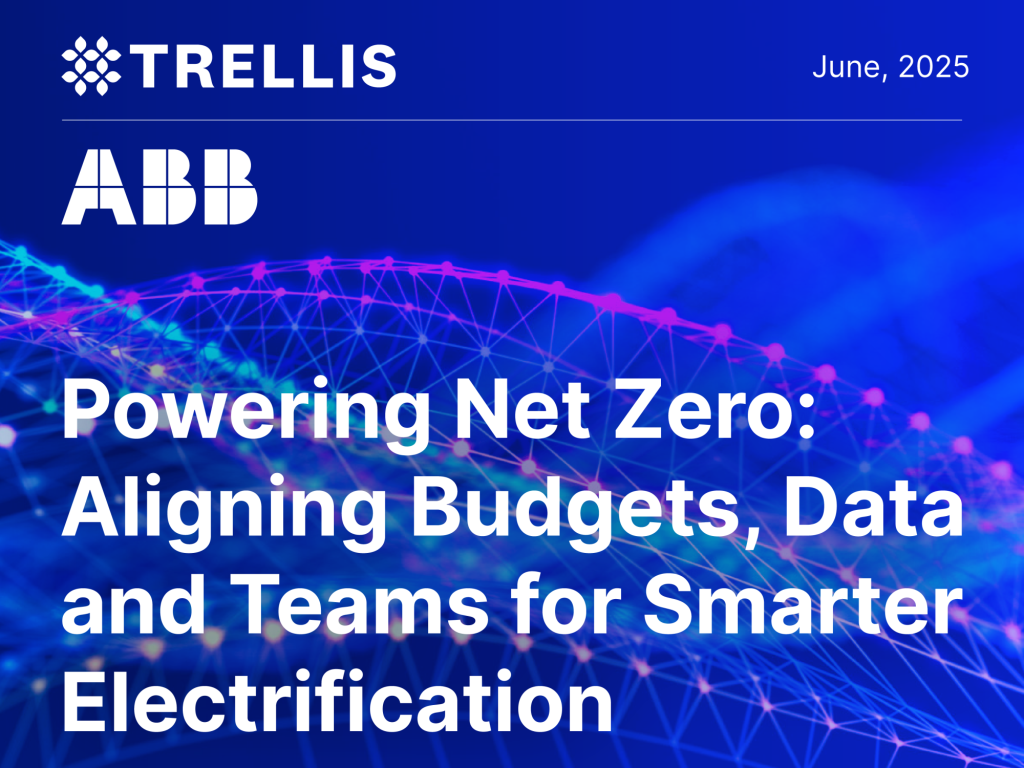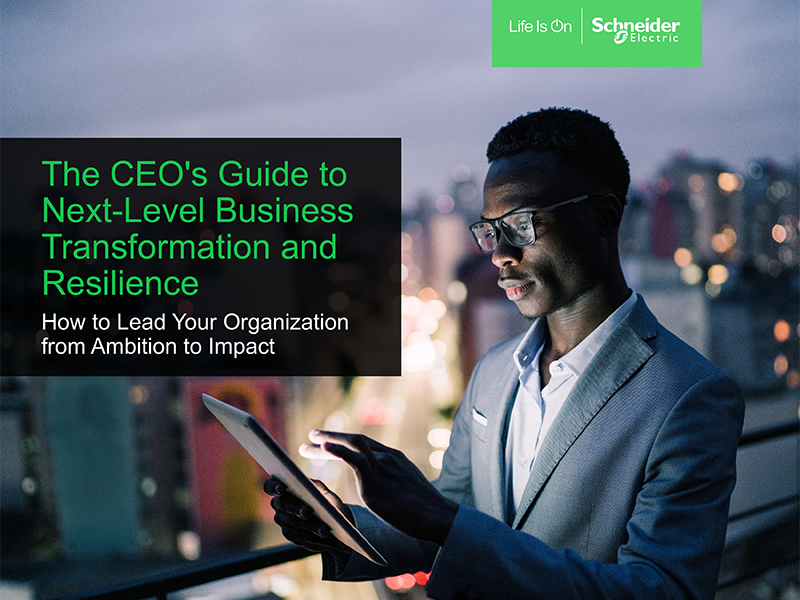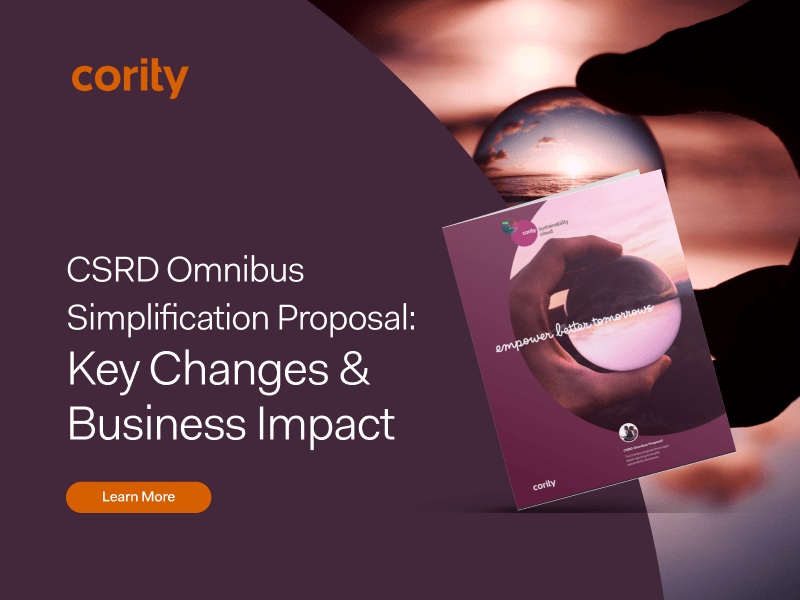Top 6 eMarketing Tips for Reaching Green Consumers
Excerpted from “Conscious Clicks: A Guide to eMarketing for People, Planet & Profit,” by Perry Goldschein
Both green marketing and Internet marketing have been heating up in the last couple of years, and for good reason. They tap into mega-trends to get results as well as serve the greater good. Their popularity is apparent not just in the business world, but in the nonprofit, academic and political sectors as well.
A number of recent studies confirm what has become obvious to many of us who are a part of it — the rise of an eco-conscious, or “green,” consumer base. A sizable and growing market has developed for sustainable and socially responsible products and services. These studies show that consumers are increasingly integrating their environmental, social, even spiritual values into their purchasing and investing choices — and are seeking to support organizations that deliver on such values.
Benefiting from these trends, organizations from those as small as Orange Glo and Green Mountain Coffee Roasters, to those as large as Toyota and Starbucks, have successfully used Internet marketing to reach conscious, green consumers. But the vast majority of businesses and nonprofits who serve such consumers still don’t know how to effectively use the Internet to reach their target markets.
Here are six tips that can help with reaching green consumers by Internet and email:
- Use paid search effectively. By placing ads on Internet search engines, like Google Adwords, you directly reach thousands or even millions of people specifically looking for exactly what you offer — and you pay only when they actually click on your ad! This is almost like advertising on TV or radio and paying only for the leads your ad generates — something no station would ever offer. And research has shown that green consumers love to use search engines as much or more than others. Add this to your Internet marketing mix and invest the time to learn how to do it effectively because it will pay off. For starters, spend at least of couple of hours brainstorming, and saving in a spreadsheet file, all keyword phrases you and your staff believe your customers might use to find you — before logging into the advertising interface, where you can copy and paste.
- Microtarget your online advertising efforts. Research and find the most-targeted online publishers (Web sites and email newsletters) in which to advertise. There are lots of green Web portals for both B2C and B2B audiences — those that provide resources and services to green consumers and green businesses, respectively. Many of them offer advertising on their Web sites or in their email newsletters, which often reach many thousands (even millions) of people — for a fraction of the cost of comparable offline media. Care2 is an example of B2C and GreenBiz.com of B2B.
- Build and use, but don’t abuse, a good email list. Despite spam, the numbers indicate email is still very effective at building relationships, organizing events, and even selling when done right. Fortuitously enough, green consumers especially like having good relationships with people they buy things from. Invest the resources into building your own list, even if you rent others. Make it completely permission-based. In other words, don’t ever send bulk commercial email to anyone who has not requested or acquiesced to it — period (usually in return for some information or something of value). Try starting your own email newsletter or Web log. But focus on providing the best content you can, that provides value to your target audience, with minimal self-promotion. Then promote the newsletter itself as hard as you would a new product or service.
- Specially design your landing page. Whatever Internet marketing tactics you use, be sure that the page you bring visitors to on your Web site — your “landing page” — is designed specifically with them (and the offer) in mind. Make it easy to read and understand your offer; build trust with a link to your privacy policy and your contact information provided at bottom; minimize distractions by removing your menu links; and tell them who you are and why your organization, product or service is good for the environment, their health, or society.
- Track your efforts. It’s now easier than ever to track your efforts. The main search engine advertising programs (Google, Overture) offer free tracking tools, and powerful, independent tracking tools are now available elsewhere for little or no money as well. Check out ConversionRuler, for example, for a free trial. By tracking all your e-marketing efforts, you’ll always know exactly what’s working — what to stop doing and what to continue doing. It will save you a LOT of money over time.
- Use online PR effectively. Many of those same publishers with whom you’ll want to advertise in Tip 2, you will find, are good folks to develop relationships with for effective public relations as well. Find out who to contact at these online publications about a newsworthy event related to your organization, product or service. Build a list of these media contacts and then send them well-written press releases only when a truly newsworthy event arises (of course, one that works to your advantage somehow). Don’t forget to follow with a phone call and offer assistance — an article, an interview — or something else to make their job easier. You might also try distribution services for your press release targeted to green consumers and companies, such as eWire or CSRwire.
In determining what’s best for your company when using Internet and email marketing, it’s important to develop a written plan. It doesn’t have to be War and Peace, but should at least include the steps necessary to effectively execute your strategy. Testing out approaches and making improvements quickly, often in real time, is a major advantage of Internet marketing. So include more tools in your plan, including the tactics mentioned above, than you would intend to use over time. As you test them, you can weed out the ones that don’t perform to your satisfaction and continue with those that do.
If you try these tools and others identified here in your marketing mix, using best practices, you are likely to find at least one or two that provide an outstanding return on your investment and help you meet your organization’s toughest goals.
————–
Perry Goldschein, JD, is managing director of SRB Marketing, Inc., an Internet marketing consultancy. His work has received kudos from Utne.com, Publishers Weekly, and Sherry Ruth Anderson, co-author of The Cultural Creatives, among others. Prior to SRB, Perry was a marketing executive and lawyer for a successful AT&T spin-off, an Inc. Magazine “500 Fastest Growing company,” and an environmental law firm. He earned degrees from the University of California, Davis School of Law and the University of Pennsylvania.









